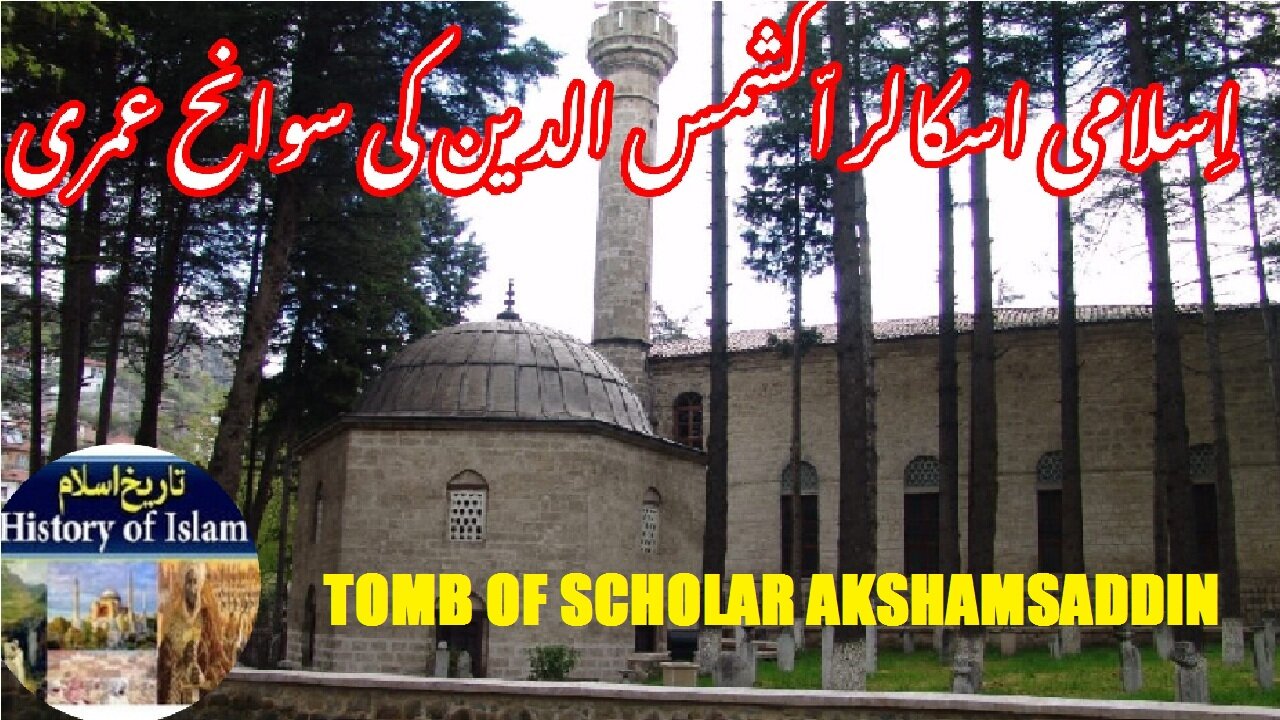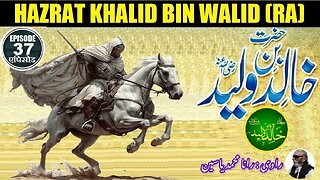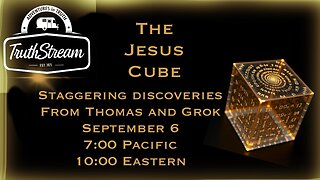Premium Only Content

Biography of Akshamsaddin history of his tomb | اکشمس الدین کی سوانح حیات اور ان کے مقبرے کی تاریخ
@islamichistory813 #MuslimScholar #Biography #CulturalHeritage #ScholarAkshamsaddin
Biography of Isamic Scholar Akshamsaddin and history of his tomb
Dekhti Aankhooon aur sountay kaanoon ko Asslamoalaikum, In this islamic informative video, we are presenting the biography of the renowned Muslim scholar Akshamsaddin, known fully as Muhammad Shams al-Din bin Hamzah. Get to know the key milestones of his life, his scholarly achievements, and the profound influence he had on Islamic thought. This exploration aims to highlight the importance of his work and its relevance in today's world.
Akshamsaddin (Muhammad Shams al-Din bin Hamzah), was an influential Ottoman Sunni Muslim scholar, poet, and mystic saint.
He was the grandson of Shahab al-Din al-Suhrawardi and a descendant of Abu Bakr al-Siddiq. He was an influential tutor and adviser to Sultan Mehmed the Conqueror. After completing his work with his master Sheikh Haji Bayram Veli, he founded the Shamsiyya-Bayramiyya Sufi order. He discovered the lost grave of Abu Ayyub al-Ansari (the companion of Muhammad) in Constantinople preceding the Siege of Constantinople.
In addition to his fame in religious sciences and Tasawwuf, Akshemsaddin was popular in the fields of medicine and pharmacology. There is not much reference to how he acquired this knowledge, but the Orientalist Elias John Wilkinson Gibb notes in his work History of Ottoman Poetry that Akshamsaddin learned from Haji Bayram Wali during his years with him. Akshamsaddin was also knowledgeable in the treatment of psychological and spiritual disorders. Akshamsaddin mentioned the microbe in his work Maddat ul-Hayat (The Material of Life) about two centuries prior to Antonie van Leeuwenhoek's discovery through experimentation:
It is incorrect to assume that diseases appear one by one in humans. Disease infects by spreading from one person to another. This infection occurs through seeds that are so small they cannot be seen but are alive.
Different sources claim that Akshemsaddin had seven or twelve sons; the youngest was the noted poet ?amd All?h ?amd?.
He died in the town of Goynuk in 863 AH (1459 AD),
So sisters brothers friends and elders, tomorow we will be described Biography of Islamic Sufi Scholar Akhundzada Peer Saif ur Rahman Mubarak. Allah hafiz
===================
-
 11:10
11:10
ISLAMIC HISTORY
1 day agoKhalid bin Walid (RA) Islamic Warrior Episode 37 خالد بن ولید رضی اللہ عنہ اسلامی جنگجو قسط نمبر
41 -
 1:38:47
1:38:47
Badlands Media
1 day agoDevolution Power Hour Ep. 387: Trump, Epstein, Durham Mysteries, and North Korea Ops
84.3K20 -
 1:05:23
1:05:23
Man in America
15 hours agoSoaring Gold Exposes the Imminent Crash of the Old System w/ John Perez
43.3K7 -
 2:42:40
2:42:40
TruthStream with Joe and Scott
15 hours agoTHOMAS AND GROK: AI, Bible decodes, The JESUS Cube live 9/6 #487
29.9K6 -
 2:34:46
2:34:46
BlackDiamondGunsandGear
9 hours agoGet Prepped / After Hours Armory / LIVE SHOW /
20.2K1 -
 2:01:39
2:01:39
Tundra Tactical
8 hours ago $8.30 earned🛑LIVE NOW!! This spits in the face of the Second Amendment.🛑
31.2K8 -
 2:34:46
2:34:46
DLDAfterDark
7 hours ago $2.51 earnedIt's SHTF! Do You Have What You Need?? Let's Review Items & Priorities
22.1K5 -
 28:58
28:58
Stephen Gardner
8 hours ago🚨Explosive allegations: Rosie O’Donnell connects Trump to Epstein scandal!?
38.8K69 -
 LIVE
LIVE
SavageJayGatsby
2 days agoSpicy Saturday | Let's Play: Grounded
516 watching -
 2:06:27
2:06:27
MattMorseTV
9 hours ago $52.85 earned🔴Vance just went SCORCHED EARTH.🔴
130K191